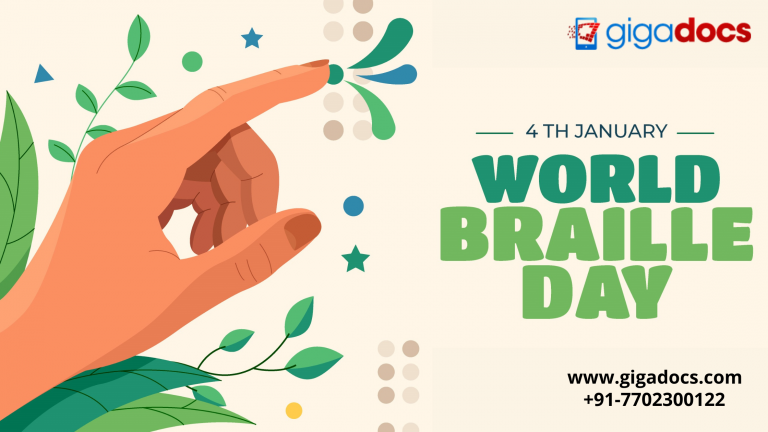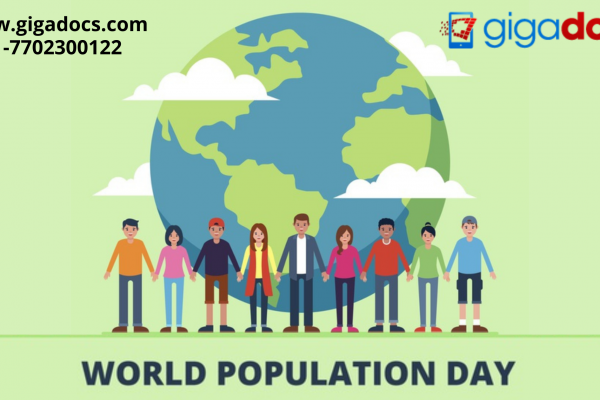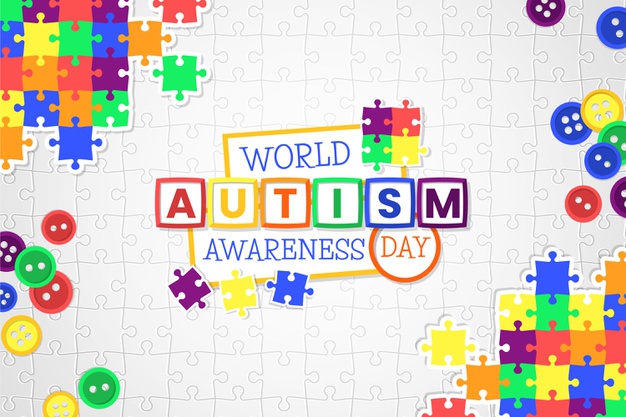Childhood blindness and its prevalence in India may not be widely known. In addition to the 18 million children with moderate to severe vision impairment, around 1.5 million children are blind worldwide. Notably, 3/4 of them are residents of low- to middle-income nations, where the rate of juvenile blindness can reach 1.5 per 1000, as opposed to 0.3 per 1,000 in high-income nations. According to a report, 0.8 out of every 1,000 children in India are blind. Did you know? Half of all childhood blindness is preventable.
Childhood blindness in India can be anophthalmos (absence of eye) or microphthalmos (tiny eye). The following are the main contributors to childhood blindness in India:
- Refractive errors not corrected
- Measles-related opacities in the cornea
- Lack of vitamin A
- Eye infections
- Traditional eye treatments’ toxicity
- Cataracts from birth
- Generic glaucoma
- Premature retinopathy (ROP)
This World Braille Day, let’s understand more about blindness in children, its causes, and how a child’s health is affected by blindness. Let’s begin first by understanding the most common factors that lead to childhood blindness:
Neglected Refractive Errors
- It occurs when refractive defects, such as nearsightedness (myopia), farsightedness (hyperopia), or astigmatism (blurred near and far vision), are left untreated, such as by not wearing glasses or by wearing the wrong kind of glasses.
- This has an impact on a child’s overall growth and development, especially on their intellectual growth and blindness.
Opacities in the Cornea caused by Measles
- Measles is one of the leading causes of childhood blindness in developing countries, according to the American Academy of Opthalmology (AAO).
- The pervasive malnutrition in these areas, especially in vitamin A, impairs eye health and worsens the issue.
Vitamin A Deficiency
Vitamin A is essential for the cornea’s health, the transparent coating on the front of the eye, and other parts of our eyes. Without it, the cornea is more prone to damage and scarring, which can cause blindness.
Night blindness remains one of the causes of vitamin A deficiency. According to the World Health Organization (WHO), between 250,000 and 500,000 Vitamin A deficiency-related blindness cases occur annually in children.
Neonatal ophthalmia
- A newborn may get neonatal conjunctivitis, ophthalmia neonatorum, or an eye infection within the first month of life. It might result in blindness if it’s left untreated.
Congenital cataracts
Clouding around the eye’s lens is called a cataract. The majority of cataracts are age-related. We would have heard cataracts more among the old. However, cataracts can be present among young children too. Congenital cataracts are present at birth, even though they typically develop as a person ages.
While some kids are born with cataracts, some get them in their younger years. Here are a few reasons why young children may develop cataracts:
- Genetic propensity
- Diabetes Damage
Birth Defect Glaucoma
- In Congenital glaucoma, the child’s optic nerves are harmed by the fluid pressure that builds up in the eyes.
- Children, when being infants to the age of three, are affected by it.
Retinopathy Of Prematurity (ROP)
- ROP most commonly affects prematurely-born babies.
- Unwanted blood vessels develop on a baby’s retina in retinopathy of prematurity.
- Children who suffer from retinopathy of prematurity can be at risk of going blind.
- Severe cases may result in long-term vision damage.
- Anemia, vitamin E deficiency, or respiratory issues are the main causes of ROP.
- Possibly with treatment, advanced ROP can result in significant vision loss or even blindness.
Caring for the health of a Blind Child
As parents, we must always aim to protect our young one’s eyes and general health. We must always understand that the young mind’s emotional, psychological, and social development are all impacted by blindness and academic growth. So it’s essential to take good care of your youngster’s eyes. Download the Gigadocs app for regular check-ups with pediatric ophthalmologists. Get your and your young ones’ eye tests scheduled on the Gigadocs app.
Download the Gigadocs app here-
● IOS App – apple.co/2W2iG4V
● Android App – bit.ly/33AQoRC
To know more e-mail, at info@gigadocs.com




